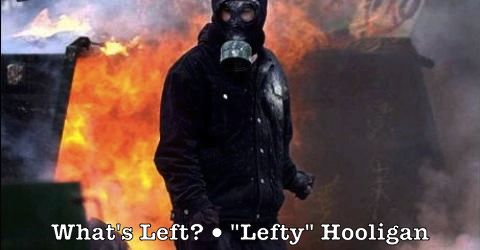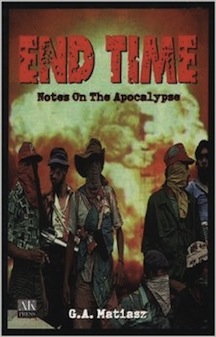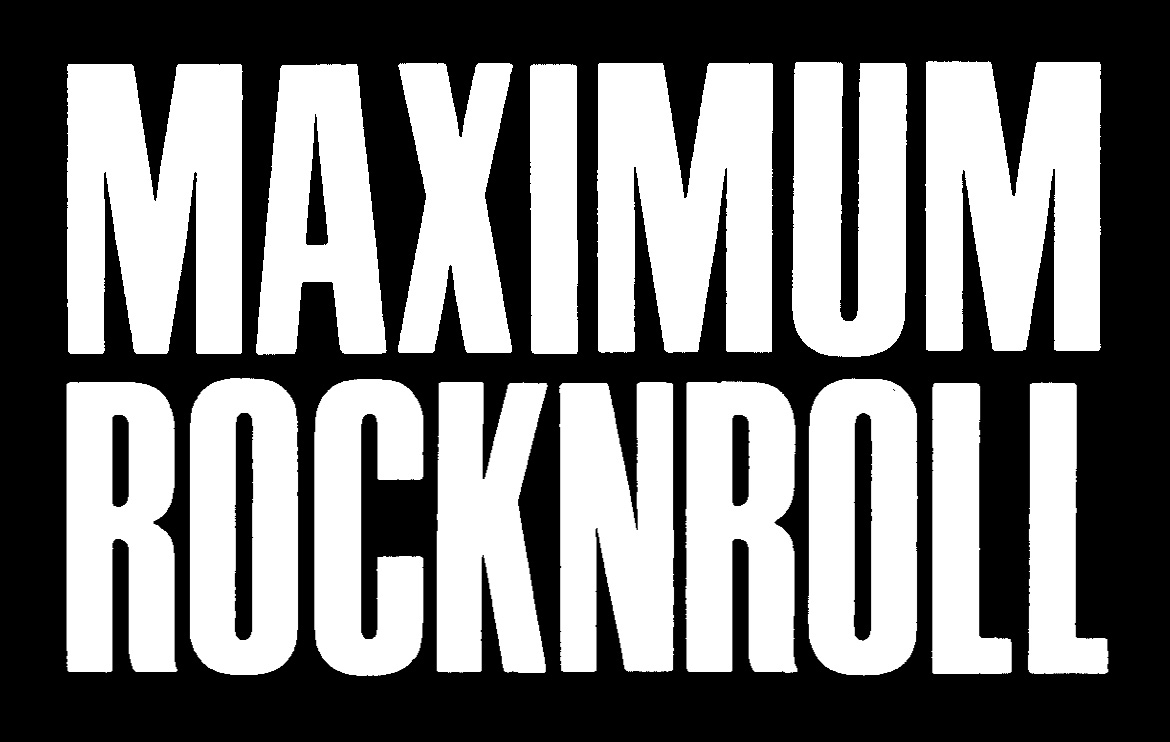 I’m a cat person. At one time my wife and I had three indoor cats. As my wife’s asthma grew worse we let them die of natural causes one by one so that now we’re cat-less.
I’m a cat person. At one time my wife and I had three indoor cats. As my wife’s asthma grew worse we let them die of natural causes one by one so that now we’re cat-less.
One of their treats was letting our cats indulge in some catnip. They ate it and rolled in the leaves and stems. Then they would start sneezing, licking, rubbing themselves, stretching, jumping, hopping around, stalking imaginary prey, acting dazed, even drooling. It’s not as if they sought it out but they did enjoy catnip when we gave it to them.
Various animals have an affinity for mind-altering substances. Deer, moose and caribou get high on fly agaric mushrooms. Cows graze on locoweed. Bighorned sheep scrape hallucinogenic lichen. Dolphins squeeze puffer fish for their neurotoxins. And numerous creatures demonstrate a fondness for alcohol—from monkeys, chimpanzees and other primates, birds like lorikeets, cedar waxwings, blackbirds and redwings, various species of bats, to insects like bees and fruit flies. Some of the animals that indulge in this panoply of drugs become dependent on them, showing signs of addiction, and experience withdrawal when access to those drugs is removed. Hominids have indulged in alcohol for some 200 million years and hominins for over 8 million years, a primate-alcohol dynamic called the “drunken monkey hypothesis.” Our primate ancestors may have developed our genetic predilection for alcohol from their dependence on ripe, fermenting fruit as their main food source. There is circumstantial proof that Neanderthals and other archaic humans used psychoactive drugs and more significant archeological, anthropological and historical evidence that modern humans have been sometimes avid users of betel nut, khat, kava, nutmeg, nicotine, caffeine, cocaine, opium, heroin, marijuana, peyote, ayahuasca, psilocybin, etc. The spread of human psychoactive drug use always came with frequent instances of addiction and withdrawal.
Hominids have indulged in alcohol for some 200 million years and hominins for over 8 million years, a primate-alcohol dynamic called the “drunken monkey hypothesis.” Our primate ancestors may have developed our genetic predilection for alcohol from their dependence on ripe, fermenting fruit as their main food source. There is circumstantial proof that Neanderthals and other archaic humans used psychoactive drugs and more significant archeological, anthropological and historical evidence that modern humans have been sometimes avid users of betel nut, khat, kava, nutmeg, nicotine, caffeine, cocaine, opium, heroin, marijuana, peyote, ayahuasca, psilocybin, etc. The spread of human psychoactive drug use always came with frequent instances of addiction and withdrawal.
I grew up in the overwhelmingly white suburbs of California. The only drugs I was exposed to were the legal and readily available ones—caffeine, nicotine, and alcohol. There was secret prescription pill abuse, of course, but the truly illegal stuff—heroin, marijuana, cocaine, etc—was relegated to the poor and people of color. It was when a subculture of literary, nonconformist, nihilistic, downwardly mobile white people—the Beat Generation—came into contact with jazz and poverty that these drugs made their way into mainstream American society. Such drug use was considered “cool” and included experimentation with psychedelics. The beatnik subculture overlapped with the hippie counterculture which was more rock music-oriented, rebellious and idealistic. The concept of “cool” was universalized and the range of experimental drugs broadened.
 And that’s when I entered the picture. I joined the counterculture, the New Left, the “Revolution” some time between the Prague Spring and the Chicago Democratic National Convention in 1968. I started thinking politically, if naively, and committed myself to the left side of the culture wars that had been raging for over a decade by then.
And that’s when I entered the picture. I joined the counterculture, the New Left, the “Revolution” some time between the Prague Spring and the Chicago Democratic National Convention in 1968. I started thinking politically, if naively, and committed myself to the left side of the culture wars that had been raging for over a decade by then.
That was roughly the same timeframe that the San Francisco Diggers scattered. David Talbot contends that: “[b]y the time the Summer of Love was over, the Diggers leaders had all drifted off to country communes, celebrity entourages, hard drugs, the Hell’s Angels, or all the above,” which was a premature assessment. Digger groups were active throughout the end of 1967 and into 1968 when the Diggers Free City Collective held their last San Francisco event, a summer solstice celebration, on Monday, July 1, 1968. The reasons posited for their demise, however, were correct enough. The San Francisco Diggers emerged in 1965 from the nexus of “the bohemian/underground art/theater scene, and the New Left/civil rights/peace movement.” The Diggers combined “street theater, anarcho-direct action, and art happenings in their social agenda of creating a Free City. Their most famous activities revolved around distributing Free Food every day in the Park, and distributing ‘surplus energy’ at a series of Free Stores (where everything was free for the taking.)”  One of the more infamous Digger leaders, Emmett Grogan, took issue with the Left’s insistence that: “[O]ne had to be either a Marxist, Leninist, Trotskyite, Maoist, or hold to some combination of these ideologies, or else be politically categorized an anarchist. All these radical labelers ever did was read, write about or discuss the different revolutionary theories, dealing with semantics, while […] the Diggers refused to discuss publicly or define the political dialectics of the work they never ceased to continue to do. Work which was alien neither to Marxism or Maoism but at the time needed neither to endure.”
One of the more infamous Digger leaders, Emmett Grogan, took issue with the Left’s insistence that: “[O]ne had to be either a Marxist, Leninist, Trotskyite, Maoist, or hold to some combination of these ideologies, or else be politically categorized an anarchist. All these radical labelers ever did was read, write about or discuss the different revolutionary theories, dealing with semantics, while […] the Diggers refused to discuss publicly or define the political dialectics of the work they never ceased to continue to do. Work which was alien neither to Marxism or Maoism but at the time needed neither to endure.”
Grogan was born a streetwise working class Brooklyn kid named Eugene Leo Grogan (aka Kenny Wisdom), who got addicted to heroin before a teenager, then kicked the habit, won a scholarship to an elite private school, pursued a lucrative career as a Park Avenue burglar, and “retired” to Italy. He briefly attended Duke University after high school. When Grogan returned to his heroin habit in San Francisco he arguably helped contribute to the downfall of the Diggers. “Emmett struck me with a needle twice,” Peter Coyote writes in his introduction to Grogan’s book Ringolevio when Emmett first pierced his ear. “The second time […] the needle was a syringe, loaded with heroin. ‘It’ll change ya,’ he said, and it changed a lot. […] I began the process of ruining a heretofore healthy body […] Emmett’s road petered out ‘at the end of the line’ of the Coney Island subway April Fools Day 1978 – some twelve years later, where his body was found, dead of an overdose.”
“Emmett struck me with a needle twice,” Peter Coyote writes in his introduction to Grogan’s book Ringolevio when Emmett first pierced his ear. “The second time […] the needle was a syringe, loaded with heroin. ‘It’ll change ya,’ he said, and it changed a lot. […] I began the process of ruining a heretofore healthy body […] Emmett’s road petered out ‘at the end of the line’ of the Coney Island subway April Fools Day 1978 – some twelve years later, where his body was found, dead of an overdose.”
Of the counterculture’s various drugs grass was just pleasure and fun, acid was the key to transcendent reality and junk was “associated with creative luminaries like Basquiat, Cobain, Jagger, and Joplin. […] [H]eroin has retained a certain allure, the reigning drug of genius. Those who die at its hands — the famous ones, at least — don’t just die, but flame out terrifically, having ‘lived too hard’ and ‘felt too much’ but barely scratched the surface of their potential.” But alcohol does far more damage physically and mentally and is harder and more dangerous to withdraw from than heroin.
 “The Good Earth communards took up where the Diggers left off” in 1968 “but in many ways they were tougher and more resilient. The core group within the commune were life-hardened young men and women—ex-cons, Vietnam veterans, streetwise runaways—who knew how to survive. They called themselves a church and claimed pot as their sacrament, and they preached the usual peace and love philosophy. Still, they were no pushovers. They loved their neighborhood, but they knew it was turning into a jungle, with violent predators and vicious cops around every corner. Good Earth made it widely known that it was prepared to defend its turf.”
“The Good Earth communards took up where the Diggers left off” in 1968 “but in many ways they were tougher and more resilient. The core group within the commune were life-hardened young men and women—ex-cons, Vietnam veterans, streetwise runaways—who knew how to survive. They called themselves a church and claimed pot as their sacrament, and they preached the usual peace and love philosophy. Still, they were no pushovers. They loved their neighborhood, but they knew it was turning into a jungle, with violent predators and vicious cops around every corner. Good Earth made it widely known that it was prepared to defend its turf.”
The Good Earth Commune was smaller in numbers, but more tightly organized and disciplined than the Diggers; nine well-armed houses in the Haight that were part of the second hippie settler wave when the Haight-Ashbury became a dangerous place overrun by junkies, speed freaks, dope dealers and corrupt cops. The Good Earth made their money from selling “soft” drugs—marijuana and LSD—but at first they forbade members from using, let alone selling, anything harder. One of their main internal debates was whether something was a “soft drug” or a “hard drug,” and that debate resurfaced in 1974 when cocaine started making the rounds in San Francisco. Ultimately, the Good Earth Commune’s leadership decided cocaine was a soft drug, a fatal mistake. “Drugs and money were our downfall,” Steve Kever said. “We became very self-indulgent; we got seduced by all the flash. There was suddenly huge amounts of money from dealing coke, and we had access to a kind of lifestyle that people can only dream of. We had been a hard-working hippie commune, and suddenly people were giving you their flashy cars when they got tired of them because they wanted something flashier.”
“Drugs and money were our downfall,” Steve Kever said. “We became very self-indulgent; we got seduced by all the flash. There was suddenly huge amounts of money from dealing coke, and we had access to a kind of lifestyle that people can only dream of. We had been a hard-working hippie commune, and suddenly people were giving you their flashy cars when they got tired of them because they wanted something flashier.”
The distinction between soft and hard drugs that eventually brought down the Good Earth was debated by a number of countercultural scenes, most notably the Motherfuckers in New York City and the Provos/Kabouters in Amsterdam. And without venturing into Straight Edge puritanism, I don’t think it’s possible to draw a hard and fast line between such categories of drugs. There is really no such thing as a drug that does not have some bad side effects or detrimental consequences. As I’ve mentioned, one of the most dangerous “hard drugs” is one of the most socially and historically accepted, that being alcohol. In my day we were in search of the strongest marijuana we could find, with Colombian Gold much sought after. But by today’s standards of potency, the marijuana in the 60’s was dirt weed. Medical marijuana proponents today argue that cannabis is not very dangerous or can be made relatively safe with vaping or ingesting. Yet heavy use of high-potency cannabis is now being linked to schizophrenia, particularly among young men.
 It’s hard to imagine our cats seeking out, demanding or doing crimes for high-potency catnip.
It’s hard to imagine our cats seeking out, demanding or doing crimes for high-potency catnip.
SOURCES:
Personal recollections
http://www.diggers.org
Ringolevio: A Life Played For Keeps by Emmett Grogan (1972)
Introduction to Ringolevio by Peter Coyote (1990)
Season of the Witch: Enchantment, Terror, and Deliverance in the City of Love by David Talbot (2012)
“The heroin mystique” by Alyssa Giacobbe (The Boston Globe, 2-23-2014)
Leave a comment
No comments yet.










Leave a comment